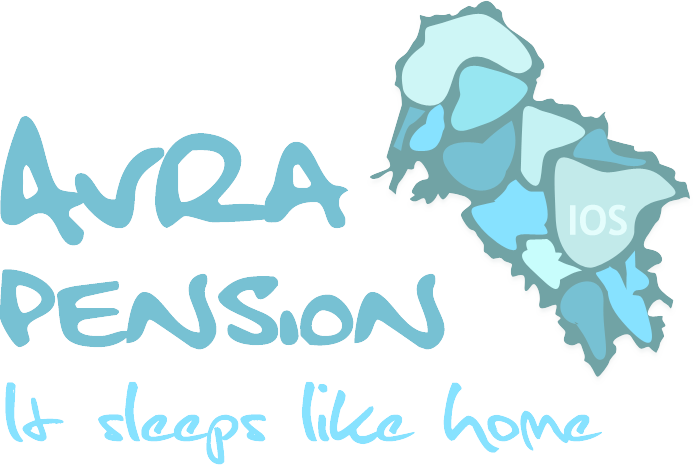General Information
Ios belongs to Cyclades island group and it is located between Santorini, Paros, Naxos and Sikinos islands.
Ios belongs to Cyclades island group and it is located between Santorini, Paros, Naxos and Sikinos islands. It is a little however beautiful island that stands out among the rest for its remarkable rocky and virgin landscapes, for its gold sanded beaches with crystal clear and purely blue sea water for every taste, peaceful and isolated or vibrant and cosmopolitan. Not to be missed that Ios has 86km. of coastline, which includes 36km. of golden beaches. Moreover, Ios is globally renowned for its unique and fascinating nightlife that brings together youngsters of all ages and nationalities into a constant party that goes on every single night till dawn. What really distinguishes Ios is its unique spirit that can follow your mood to every way of entertainment. Whether you prefer dancing and socializing on the music vibes, or swimming and enjoying purely Mediterranean sea waters and sun, or even exploring the local culture, taking a deeper look into the roots of Cycladic architecture, history and gastronomy, Ios will be ready to fulfill all your expectations, offering to you endless choices.
Ios & its name origins
There are two potential versions explaining the roots of Ios island name. According to the first one, before the Ionian occupancy, approximately during the end of the 2nd millennium b.C., Ios used to be called Phoenix island because its first inhabitants were the Phoenicians. For that reason, some scientists claim that Ios is named after by the Phoenician or Jewish word “Ion”, which means a bunch of rocks. On the other hand, the second version claims that Ios took its name by the Ionians who populated the island thanks to its naturally shaped port. However, the primary and more formal opinion seems to be the one that claims that the island has been named after by the fact that during the ancient times Ios was full of little flowers named “ia”, what we today call , winter narcissus or “manousakia”, as the locals call them.


